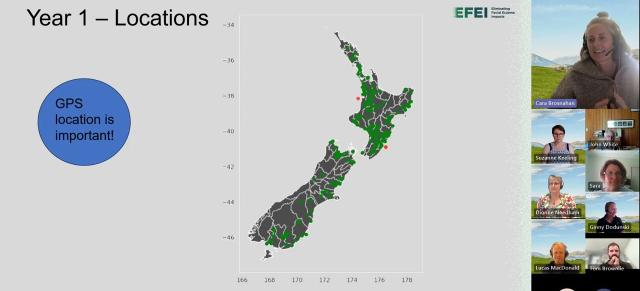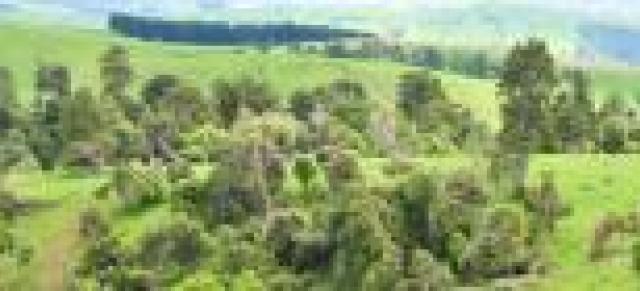Winter is here. It’s time to think about protecting your paddocks over the coming months.

9 practical tips around winter grazing:
- Plan early. When choosing paddocks for next year’s winter feed crop, think about how you can improve your management of critical source areas and waterways. Careful management is needed when winter grazing on steep slopes to reduce environmental losses.
- Exclude stock from waterways. Create an ungrazed buffer zone between the livestock and the waterway. Ideally, at least 5 metres, but this should increase with slope and soil instability. Check your regional councils’ rules and regulations because some have rules on buffer zones.
- Leave an ungrazed and uncropped buffer zone around critical source areas. Critical Source Areas are parts of the paddock that can channel overland flow directly to waterways (e.g. gullies, swales, very wet areas, spring heads, waterway crossings, stock camps and vehicle access routes).
- Graze paddocks strategically. On a sloping paddock, fence across the slope and start grazing at the top of the slope. That way, the standing crop acts as a filter. Or, if there is a waterway in the paddock, start grazing at the far end of the paddock.
- For sheep and cattle: Make breaks long and narrow – the crop will be utilised more efficiently by stock (note: deer might need alternative grazing management).
- For sheep or cattle: Back fence. Regularly back fence stock off grazed breaks to help minimise pugging damage and to reduce runoff risk. Doing this will limit stock wandering excessively, while still allowing them to exhibit natural behaviours (note: deer might need alternative grazing management).
- Place portable troughs and supplementary feed in a dry part of the paddock well away from any waterways or critical source areas.
- Look after your stock. Provide loafing areas, adequate feed, shelter and clean fresh drinking water. This could also be a good place for your stock during adverse weather events.
- Plant a catch crop. Where soil conditions and farm management allow, consider planting a fast growing crop in spring such as greenfeed oats. It can make a substantial difference to reducing nitrogen losses.
Relevant resources
The following resources are relevant to all livestock farmers – dairy, beef, sheep and deer – who graze pasture or crops intensively over winter. If you would prefer face to face guidance on these or other environmental issues, you can attend one of B+LNZ's Forage Cropping or Farm Plan workshops. View the B+LNZ Events Calendar for upcoming dates.
- Pugging and soil compaction – what influences pugging? (PDF, 1.7MB)
- Winter grazing webinar hosted by B+LNZ and DairyNZ (video)
- Winter Forage Crops: management during grazing (PDF, 2.8MB)
- Ten Top Tips for Winter Grazing of Crops (PDF, 285KB)
- Strategic Grazing of Winter Crops (Video)
- Feed Planning in a Tough Winter (PDF, 75.8KB)
- Profitable Crop for Cattle Wintering (Video)
- Good Management Practice for Winter Grazing: Ross Monaghan, Soil Scientist, AgResearch (Podcast)
- Managing the risk of Mycoplasma bovis during the Winter Grazing Season: Richard Laven of Massey University (Podcast)
- Snow Guidelines (PDF, 88.5KB)
- Shelter- Maintaining the welfare & productivity of sheep and cattle on drystock farms (PDF)
- Catch Crop Guidelines (DairyNZ website)


